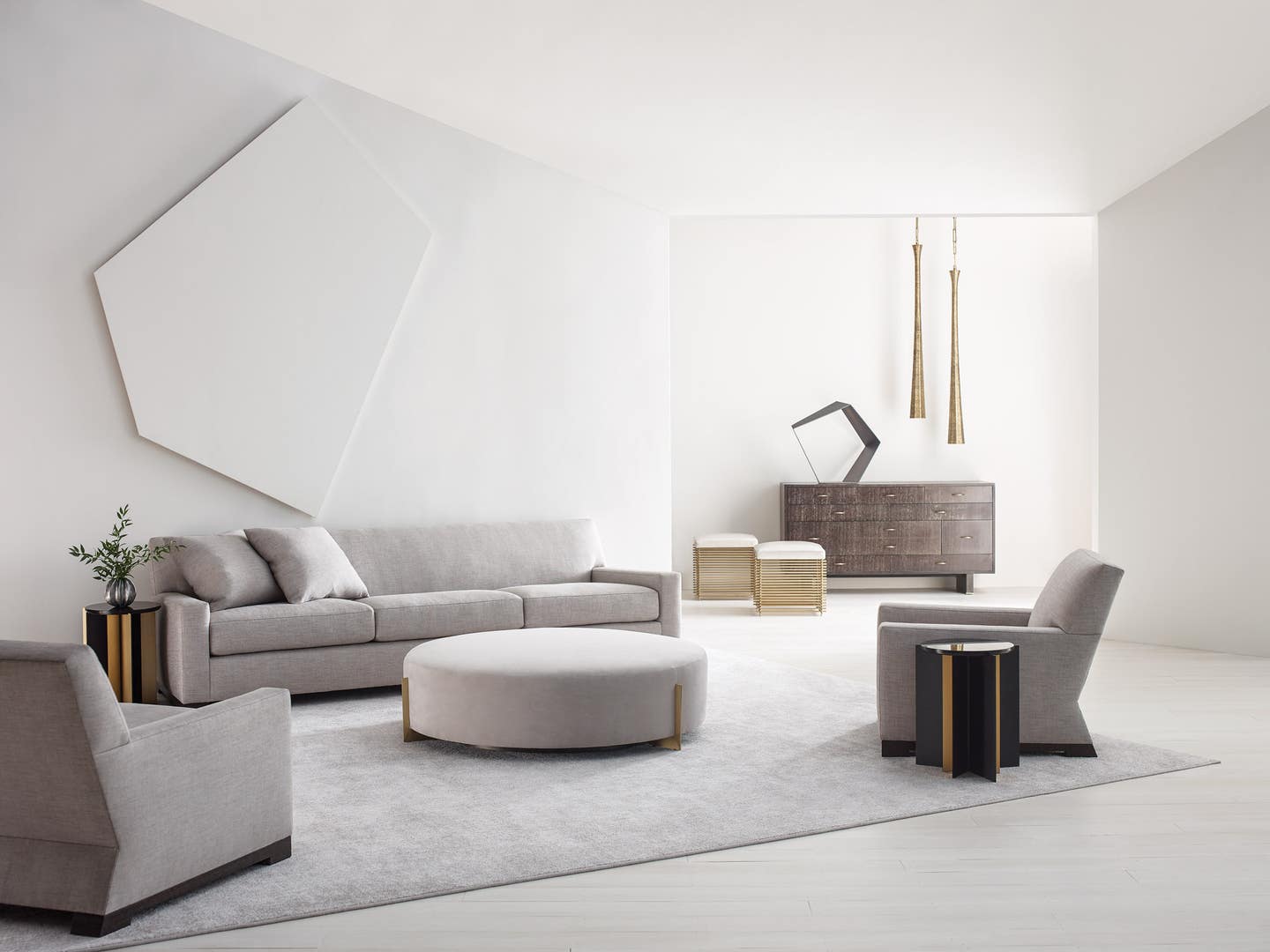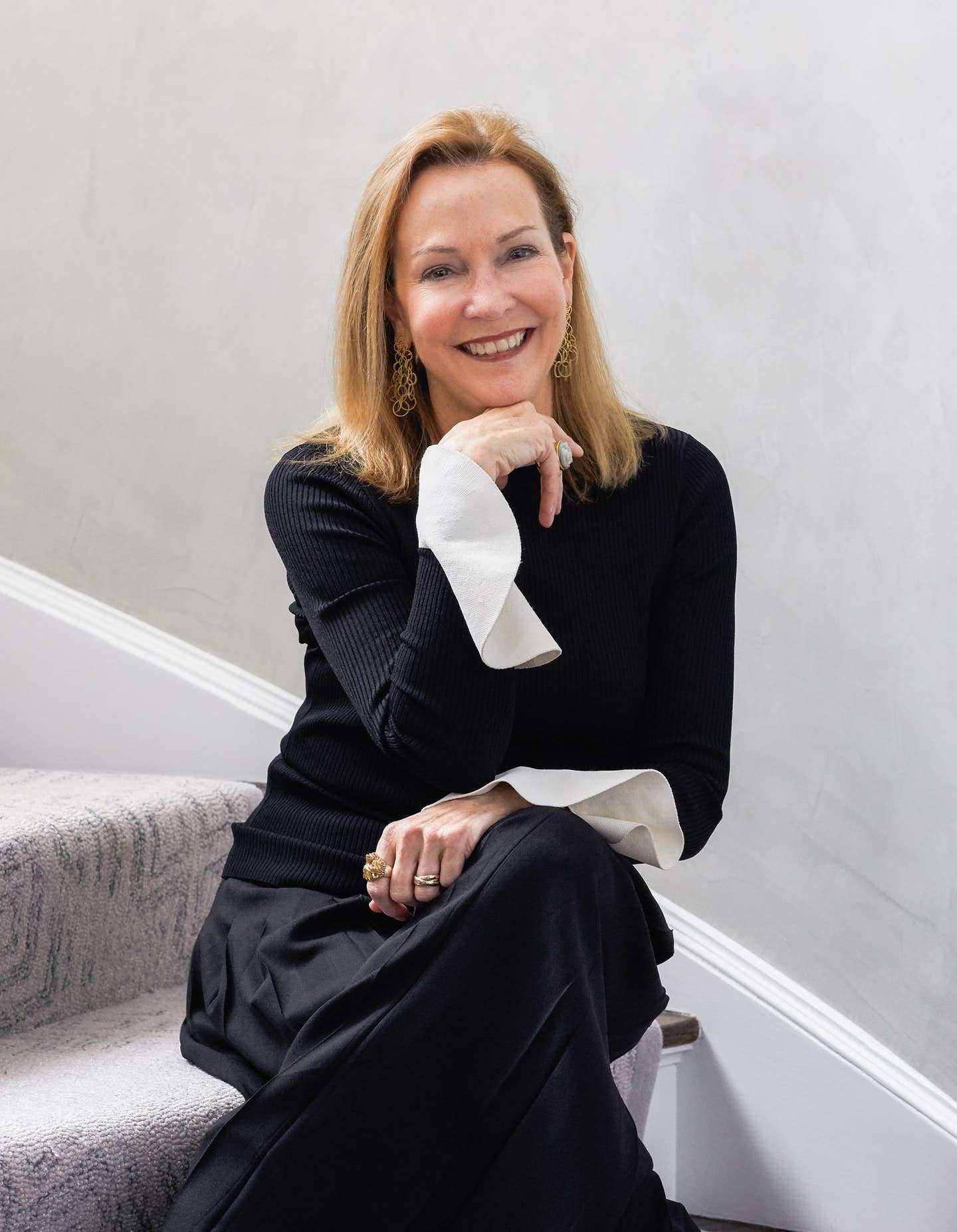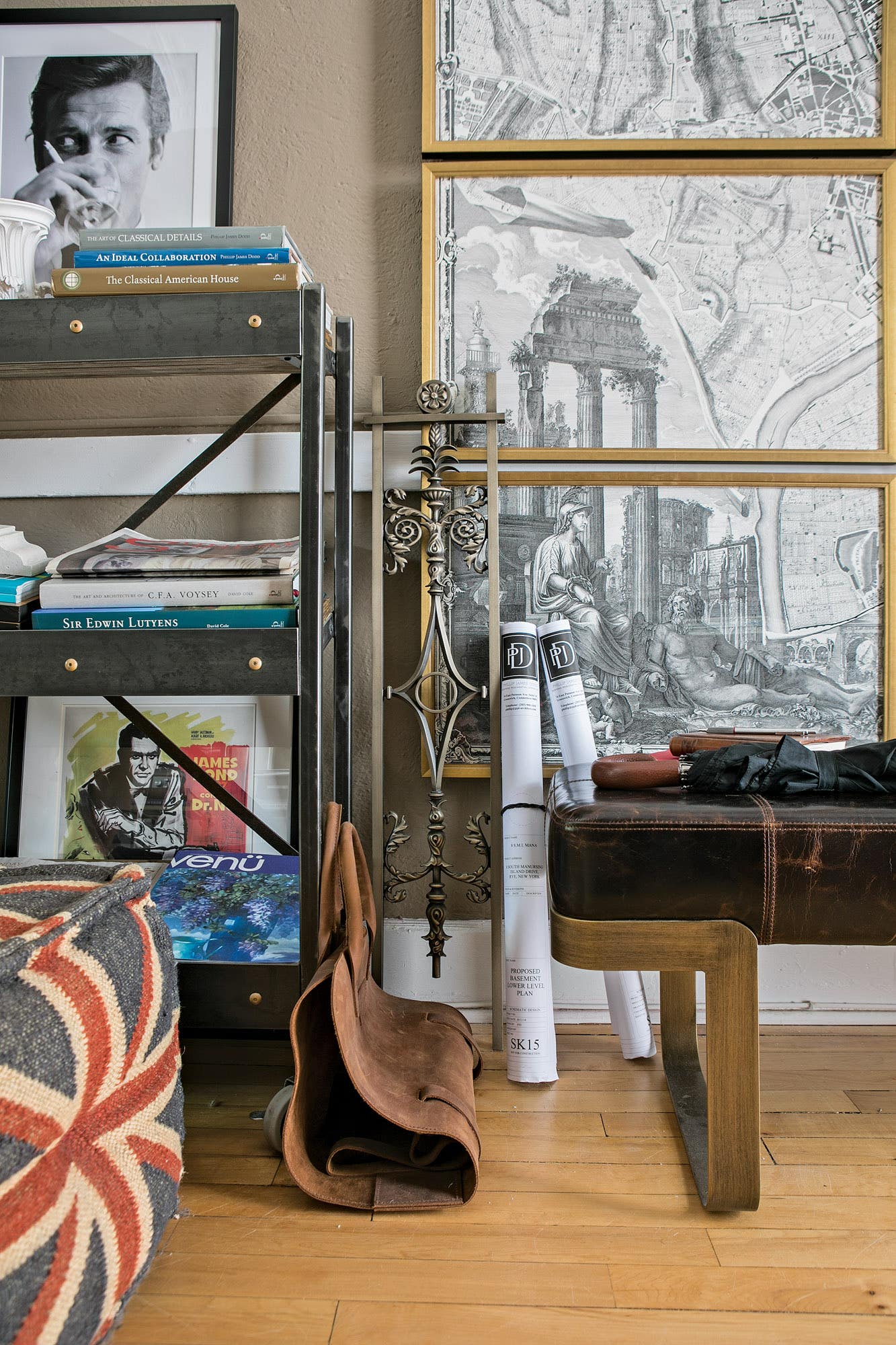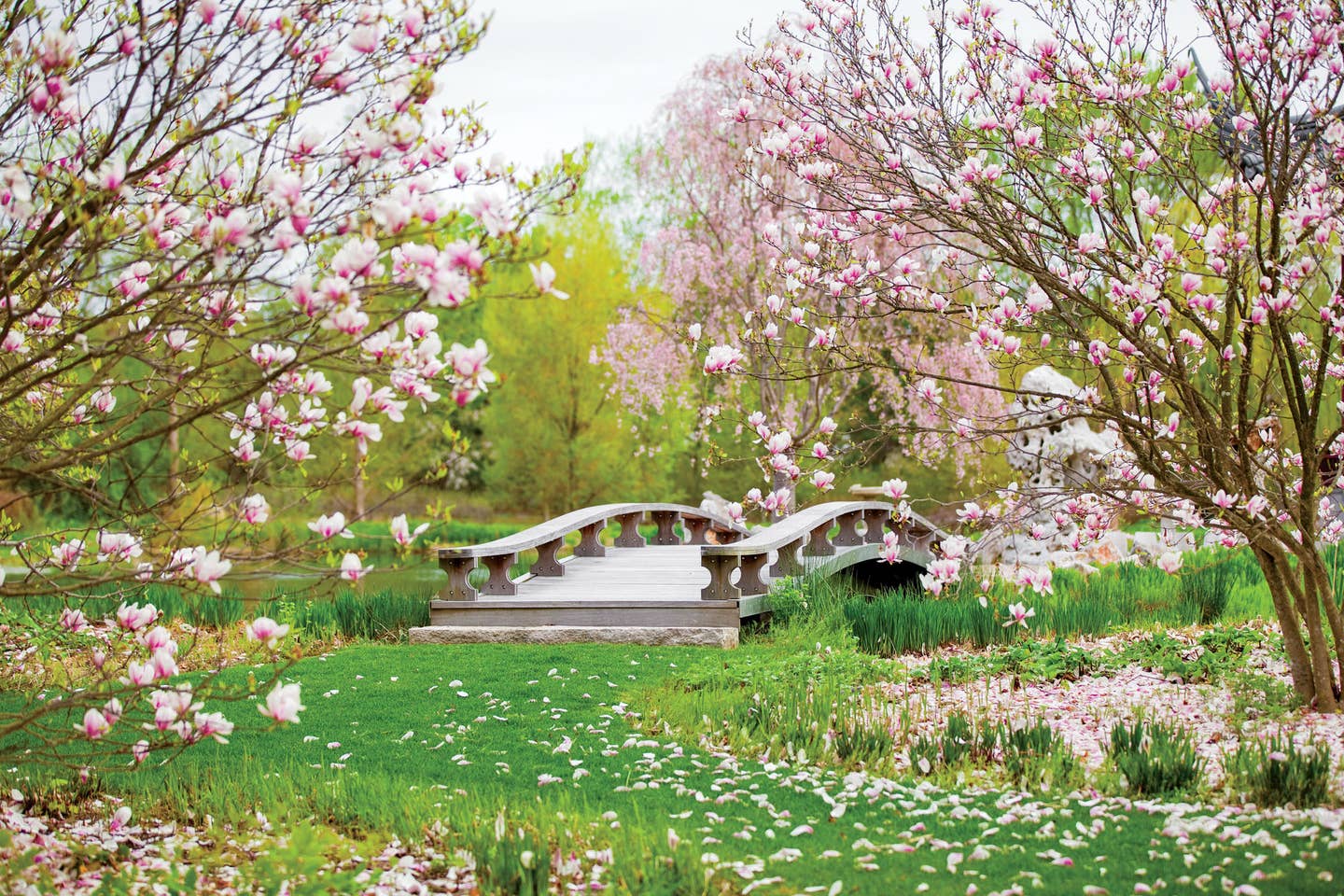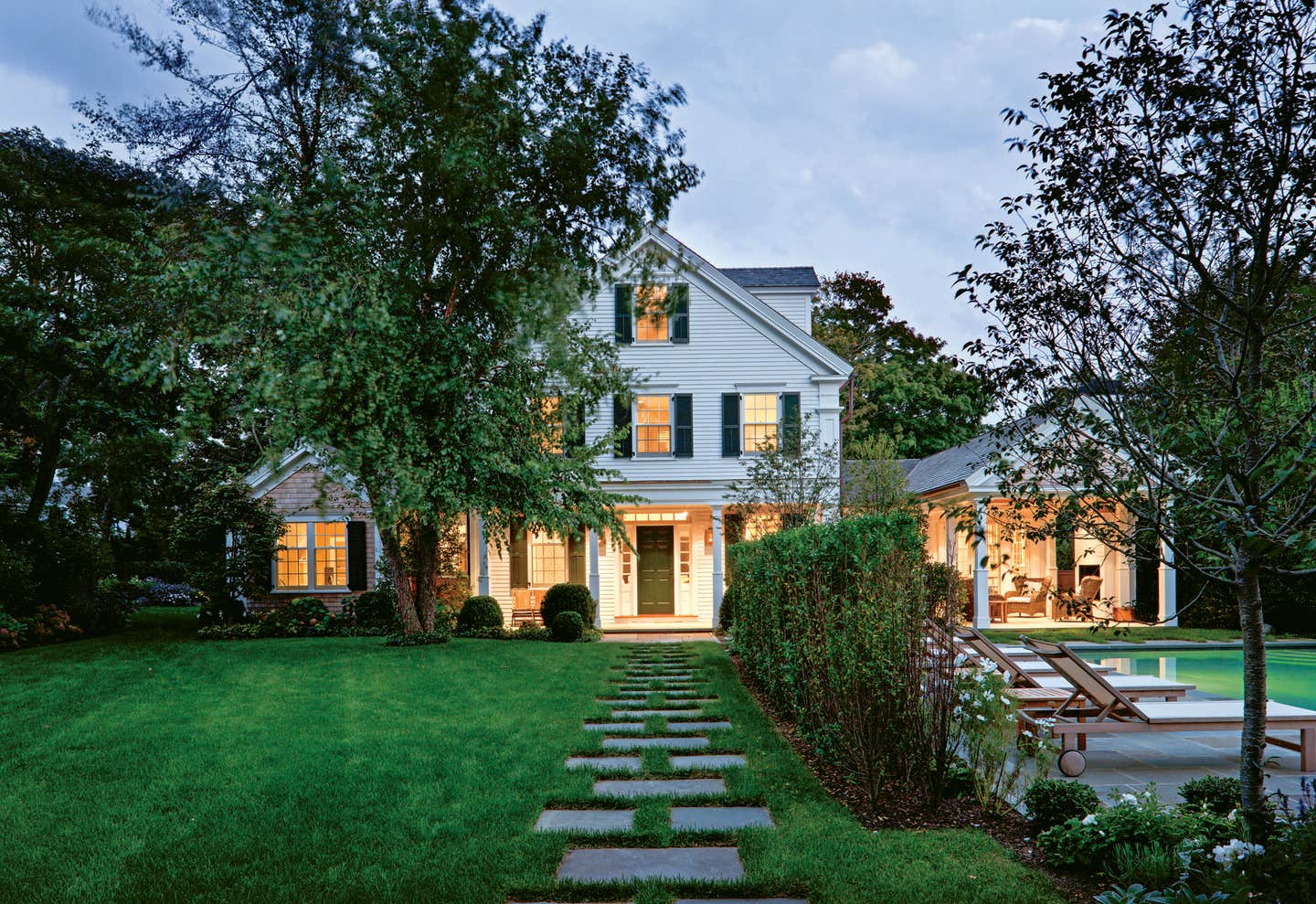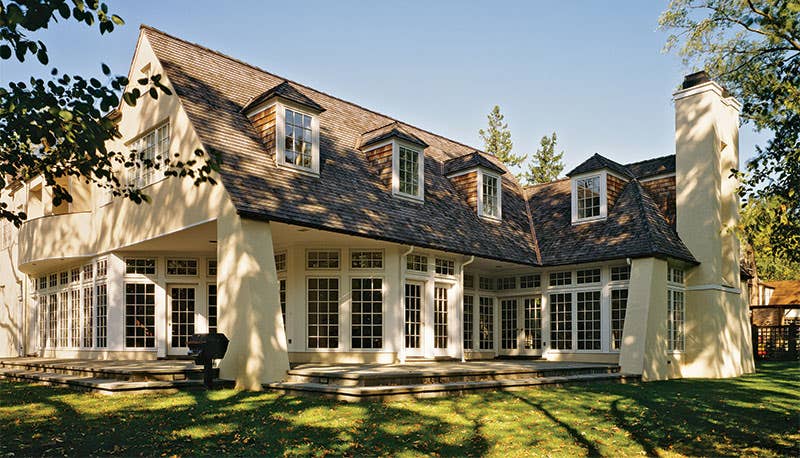
Profiles
Cohen & Hacker’s Contemporary Classic Homes
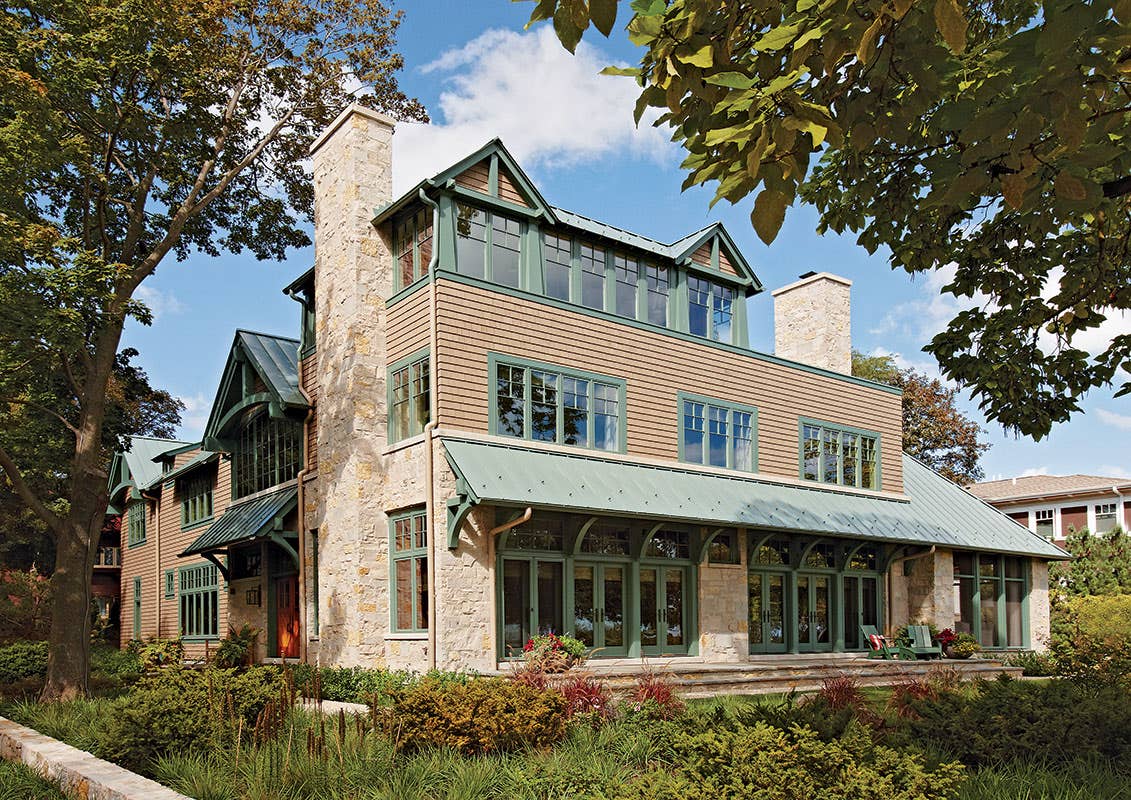
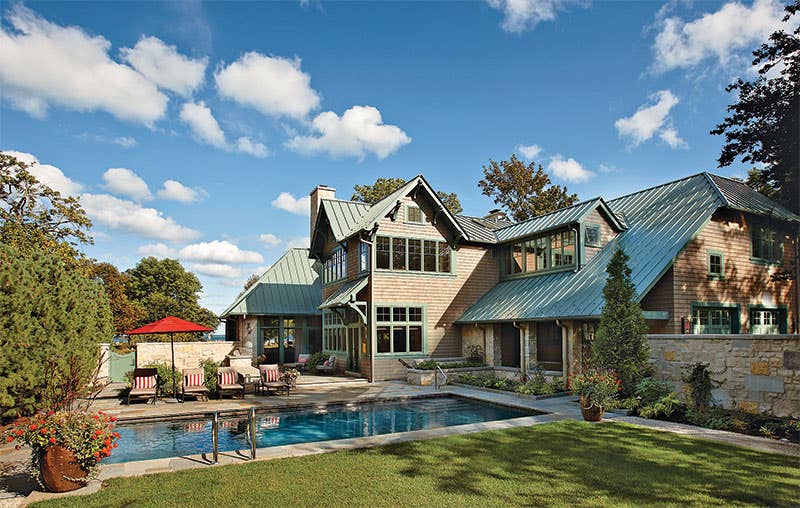
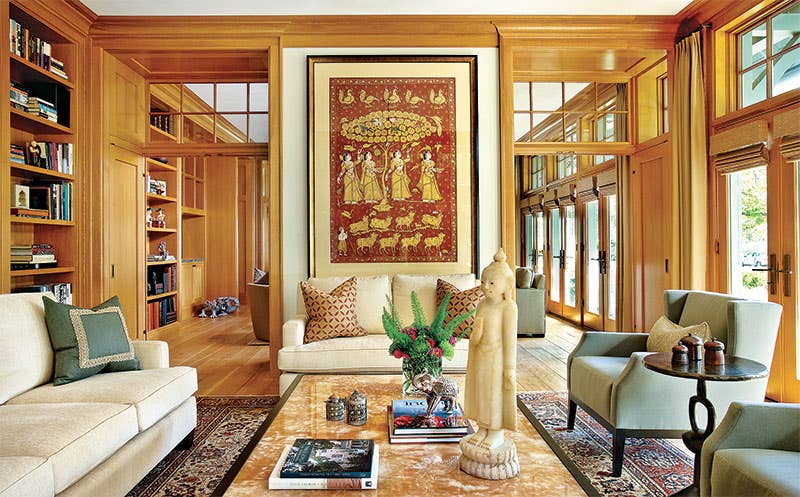
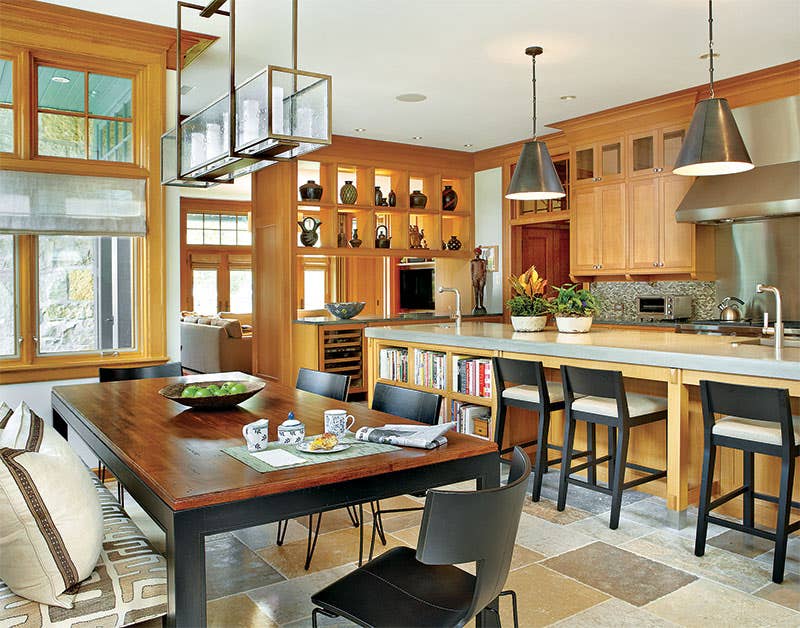
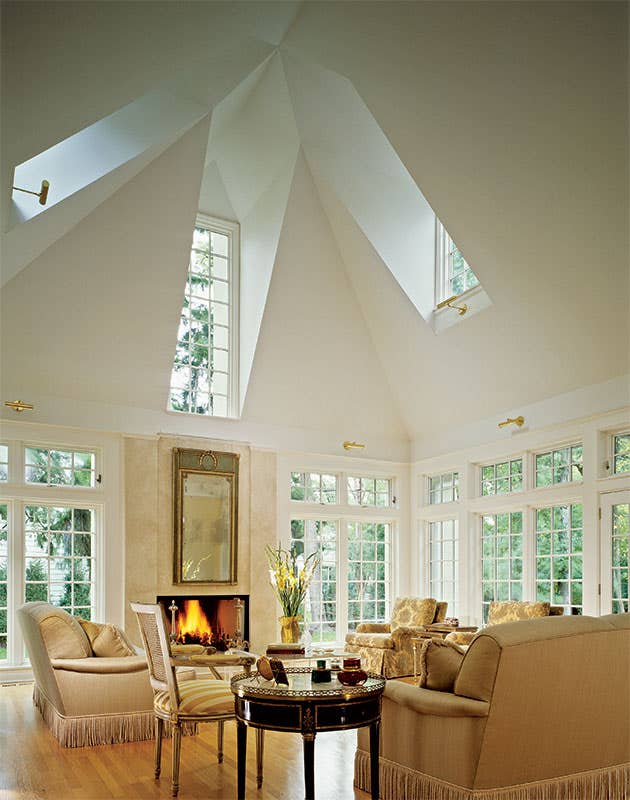

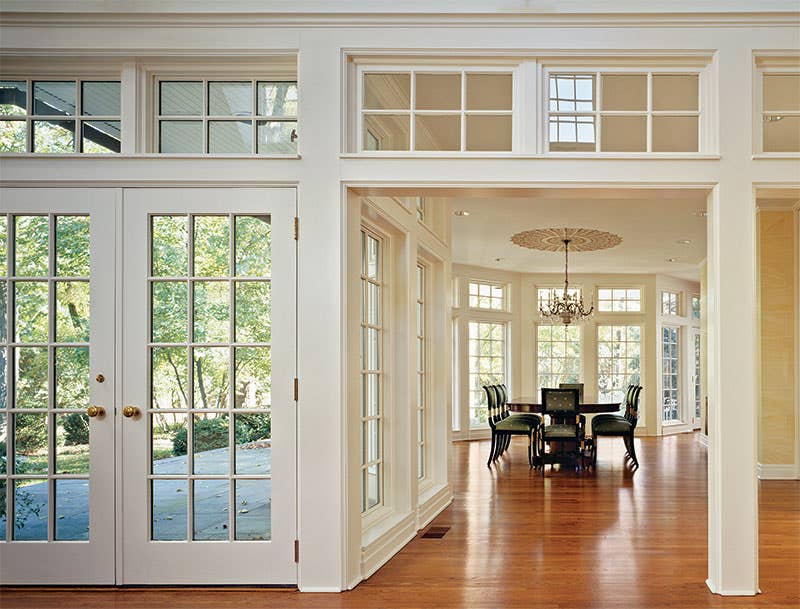
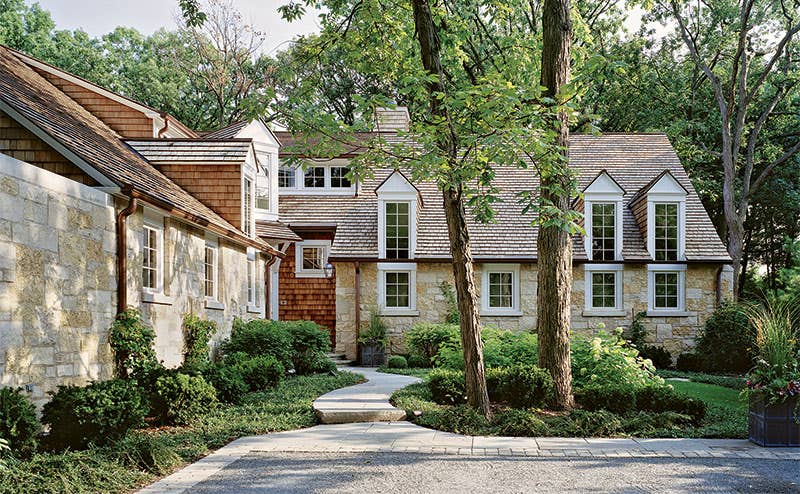


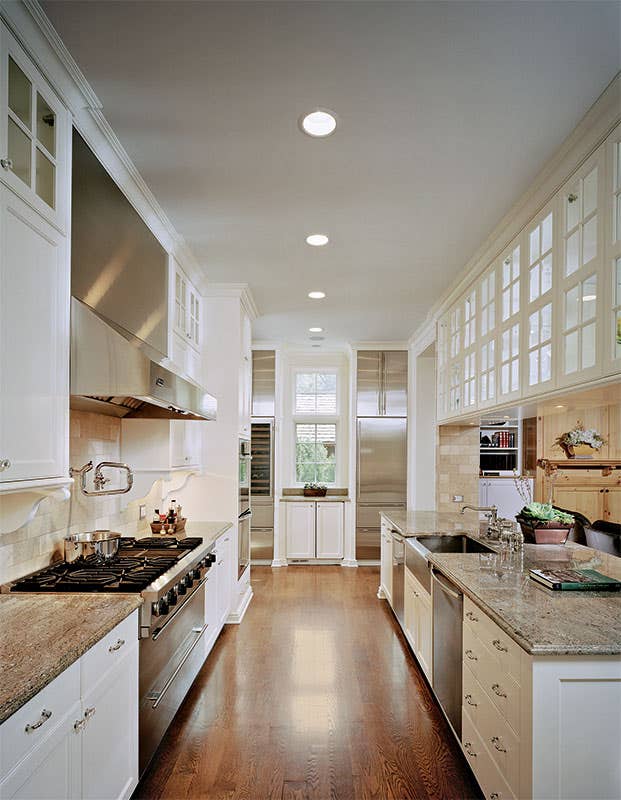
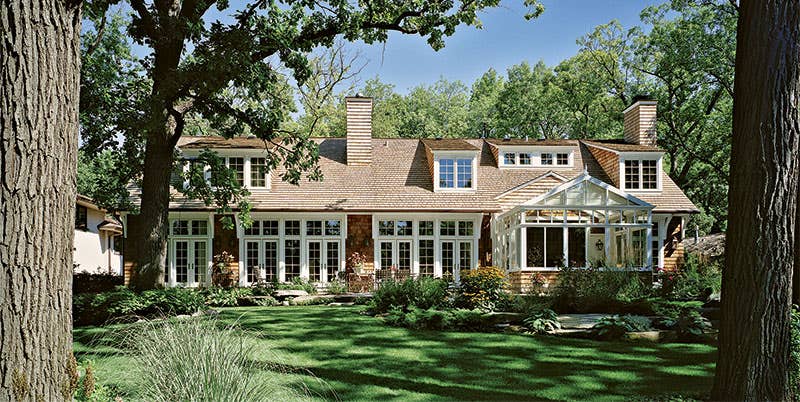
As the principals of Cohen & Hacker Architects (www.cohen-hacker.com) in Evanston, Illinois, the couple has created a reputation for merging traditional architecture with whimsical nuance, open floorplans with defined spaces, and high drama with everyday comfort. As they say, it’s about finding context and balance.
“We design houses that are contemporary in a feeling of openness and interconnectedness of spaces, but traditional in terms of forms, architectural elements, and details,” says Cohen, a former professor at the University of Illinois at Chicago and a prolific writer. Both are fellows of the American Institute of Architects, members of the Institute for Classical Architecture and Art, and recipients of many awards, including regular recognition from Chicago-area Landmark Commissions for new home designs and additions to houses in historic districts.
Cohen and Hacker’s work, concentrated on Chicago’s North Shore, is rigorous and intellectual but free of pretention. Over ninety percent of their work is residential, but the occasional commercial project pops up, including a recent showroom design for Pella Windows and Doors in Chicago’s Merchandise Mart. Cohen and Hacker designed all the windows for each room, creating a residential environment with eye-popping attention to detail.
Every one of their contemporary classic homes starts with the aspirations and self-image of the owners, the architects say. They find inspiration in other architects, as well as artists and writers, including the Swiss-French architect known as Le Corbusier and his English contemporary, Sir Edwin Lutyens. As Cohen says, “The work starts with a clear diagram of how the house relates to its site and views, and the relationship of the primary spaces in the house.”
Working with their small staff, Cohen and Hacker prefer to limit projects, forming what Hacker calls a “boutique firm,” which affords them the ability to lavish attention to detail on designs. A trio of houses designed by the couple, all on the suburban North Shore of Chicago, is a case in point.
Each of the three homes is impeccable in scale, balance, detailing, and the playful way mystery can abound in spaces within bigger spaces. “We talk about our work in an intellectual way, but the reason people hire us is they feel the openness of the floor plan; the way light comes in, and a sense of containment,” Cohen says.
Their Stucco House, on a quiet leafy street, is dear to both Hacker and Cohen. “We love this house and the clarity of its floor plan. It is one of our most iconic houses,” Hacker says.
It started with an unusual site. “The end of a street turns into a motor court,” Cohen says. “So the front of the house is curved, to make the motor court feel like a space rather than just the area in front of the house.” While the front is very private, the back side is in effect an undulating glass window wall made of traditional casements, French doors, and transoms.
“We love to play with scale,” Cohen says. Moving around the house, a visitor sees dormers top-lighting spaces and a window carved into the living room chimney. “The way we bring light into places, we’re obsessed with that,” Hacker says, “to create different moods at different times of the day. It is one of the first houses where we rigorously aligned transoms, windows, and doors throughout the rooms.”
Another Cohen-Hacker design, also on a quiet street but very different from the Stucco House, is their Corner Entry House (with its entry, naturally, in an inside corner). Set between two stone wing walls, the entry is basically an outside vestibule.
“The house is a series of spaces within spaces. In any room you understand the space you are in as part of the larger space of the house,” Hacker says. “You’re centered. You know where you’re going; you know where you’re resting; you understand the bigger picture. I think there’s something very comforting about that.”
As in the other two North Shore homes, the Corner Entry House has sweeps of glass lighting the interiors. “We do these houses with an enormous amount of windows,” as Cohen says. “But we always do them with divided-light windows. With mullions, you feel contained even with a panoramic view.”
Arts and Crafts House began in a conundrum: Each member of the couple had different ideas of what they wanted in their new house, to be located in a neighborhood of Georgian, Tudor, Romanesque and Prairie style homes. He wanted a traditional design; she wanted, as Hacker says, “something more Zen-like.” Cohen and Hacker found the answer in the spirit of Arts and Crafts, dressed with a bit of American bungalow. Again, Hacker and Cohen merged the architectural elements with a more open floorplan. Also in similar style, this home takes full advantage of beautiful windows, with floor-to-ceiling window walls of transoms, casements, and French doors. Plentiful glass allows for views through interior spaces and to the outside.
As in the other homes, the floor plan here is open to suggest one unified space, but with dividers to contain it. Between the living room and dining room, for instance, an opening on either side of a wall hung with a framed tapestry, allows the outer walls of the space to continue from room to room. “The spaces feel interconnected,” Cohen says.
Cohen and Hacker’s message, intellectual and emotional, is subtle but strong. “It’s always been important to me that the work we do has a consistent language,” Hacker says. “So when you see the houses, you know it’s part of a larger body of work.”
All three houses make their owners very happy. And surely they give their residents a feeling of quiet settlement – they are where they belong. This isn’t an accident. The architects’ deliberate weaving of windows and walls, interconnecting rooms, and changes in scale, as Hacker says, “is very subtle, and very real.”
Cohen reflects for a moment. “I think at the end of the day, these houses feel very simple,” he says. “There’s an overriding order and calmness.”



